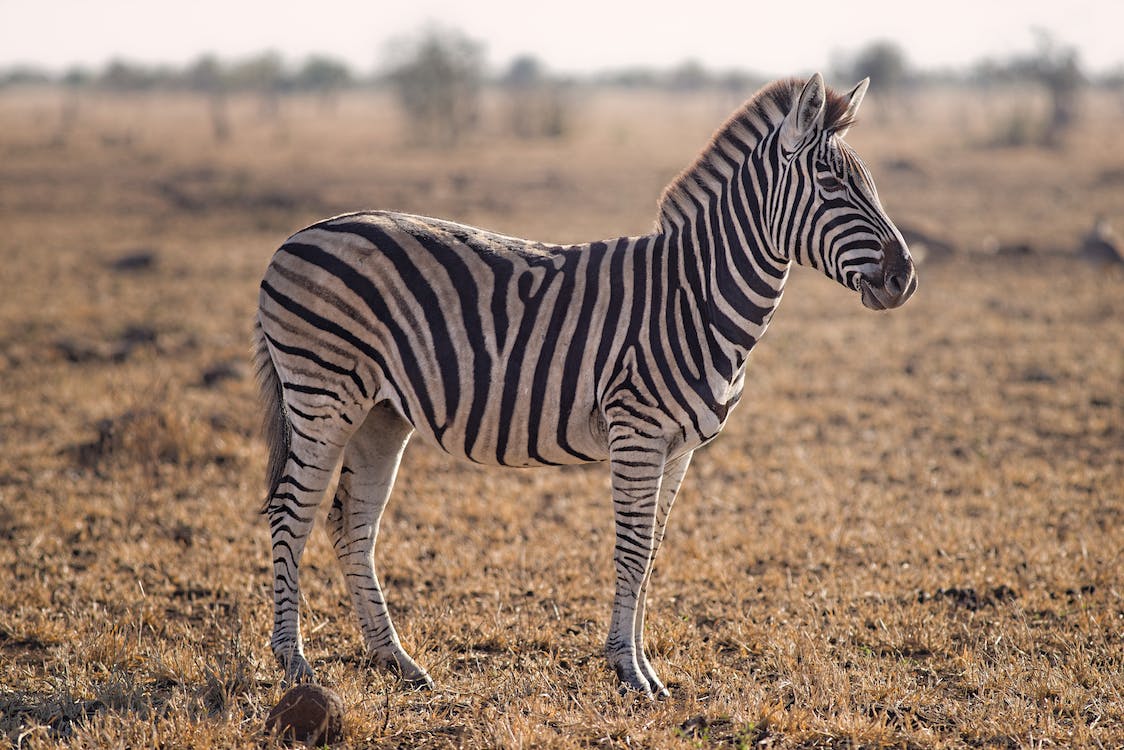It is a very social mammal, and its black and white stripes make it strikingly beautiful—most people call it a Burchell’s Zebra. Famed for its keen ability to form deep connections with other members of its kind, Burchell’s Zebra may be one of the most adorable mammals that live on the planet.
Read further to know more about the Burchell’s Zebra!
What is the Burchell’s Zebra?
The Burchell’s Zebra, also known as the Equus quagga burchellii, is a subspecies of the plains zebra named after a British naturalist, traveler, and artist William John Burchell. This mammal is famed for various names: Bontequagga, Zululand Zebra, Idube, Bontsebra, Mangwa, and Damaraland Zebra. Its population spreads throughout southeastern Africa, with the highest number of individuals roaming around the Serengeti-Mara plains of Tanzania and Kenya. Numerous Burchell’s Zebras were also found in northern and southern parts of Ethiopia and Sudan, west Namibia, and the northern parts of South Africa.
Among the subspecies of Zebra, the Burchell’s Zebra is the only species that can be lawfully hunted for human consumption.
Its eight levels of scientific classification are as follows:
Kingdom: Animalia
Phylum: Chordata
Class: Mammalia
Order: Perissodactyla
Family: Equidae
Genus: Equus
Species: E. quagga
Subspecies: E. q. burchellii
Physical description of a Burchell’s Zebra
Just like any plain zebras, a Burchell’s Zebra consists of black and white stripes, with each print unique to each individual. Males have narrower lines compared to females. Both male and female Burchell’s Zebras relatively share the same weight and height. They stand at 1.1 to 1.4 meters and weight from 485 to 550 pounds.
The striking black and white stripes start from the Burchell’s Zebra’s head, extending to the neck and body. This Zebra is easily mistaken as a Mountain Zebra, but what makes it distinct are its stripes on the limbs and belly. A Burchell’s Zebra has fading black and white lines on the limbs, while Mountain Zebras have clear strips. Also, a Burchell’s Zebra has stripes on the belly; a Mountain Zebra has none.
Burchell’s Zebra have shorter ears than the Mountain Zebra. It has a short mane and long black tail. Like any other zebra, the Burchell’s Zebra is a quadruped—meaning, it stands in four legs. When in motion, this zebra steps using its left hind leg and left foreleg, then right hind leg and right foreleg, respectively.
Burchell’s Zebra’s Distribution and Habitat
This species is spotted in open savannas, grasslands, open woodlands, and scrublands. Some of its species were also sighted in taller grasslands, denser woodland regions, and mountainous areas. The Burchell’s Zebra is a highly migratory animal—it can adapt quickly, shifting from one habitat to another in search of food and water resources. However, they avoid forests, deserts, and wetland regions that have little to no food resources.
Burchell’s Zebras are identified as the only terrestrial animals in Africa who can conquer a one-way trip of up to 160 miles. They cross the Chobe River in Namibia to Nxai Pan National Park in Botswana.
A Burchell’s Zebra’s Behavior
This species lives and migrates in small family groups that consist either of the following variations: one stallion with one to six mares and their foals or a group of bachelors. A strong bond between females is essential in a herd. When a dominant stallion leaves the herd or dies, the female Burchell’s Zebras will stay closer to each other, keeping each other safe, while they all wait for a new dominant stallion to take over.
Meanwhile, groups made of male Burchell’s Zebras are deemed inexperienced or not strong enough to defend female Burchell’s Zebras. These groups often come together in more massive herds, with one herd consisting of 16 individuals or more.
The fouls start leaving their herds when they reach one or four years old. Male foals tend to break free as early as nine months to join a bachelor herd.
Fun facts about the Burchell’s Zebra
This kind of Zebra is a grazer that occasionally browses on herbs, woods, and twigs. A huge portion of their diet comes from short grasses, stems, and other low-protein plants.
When a predator is in its line of sight, the Burchell’s Zebra calls for help by yelping a high-pitched call that sounds like “kwa-hi.” Once heard by other Burchell’s Zebras within the area, mares start defending their foals, while stallions kick, push, and even bite the predator. To protect the herd, at least one member has to be awake during the night and hide in tall grasses to watch out for nearby predators.
Sources:
https://en.wikipedia.org/wiki/Burchell%27s_zebra
WILDLIFE PARKS AND RESERVES WHERE THIS SPECIES IS FOUND:
